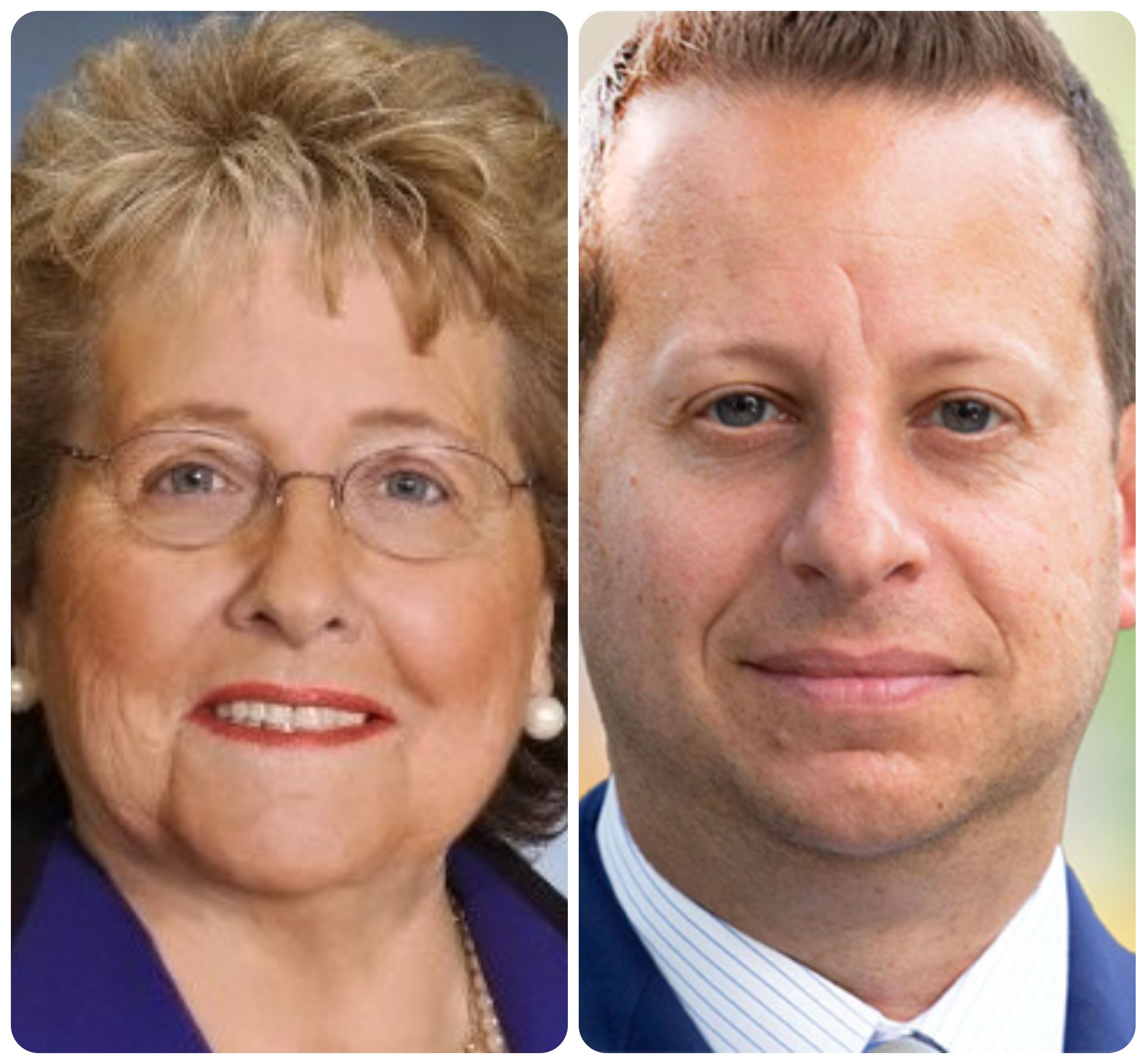Tag: Florida International University
-
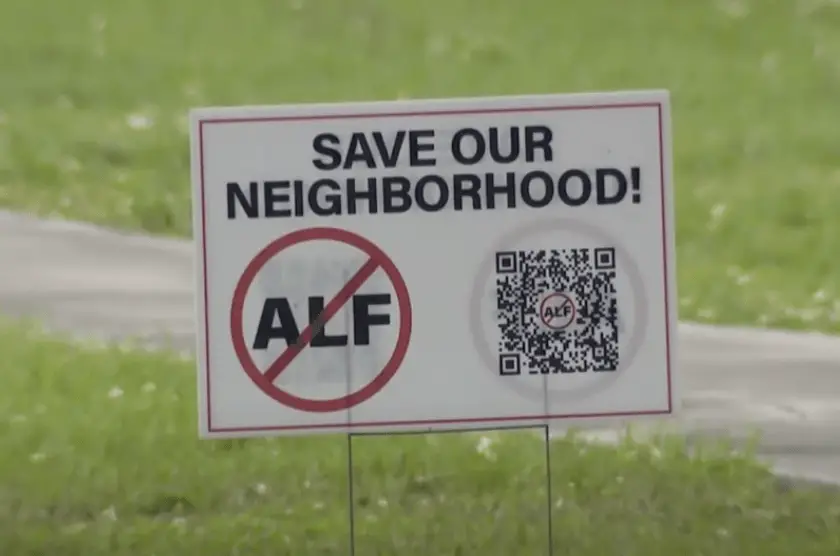
Clash between property rights and higher density rezoning in South Dade causing angst for residents
By William Gjebre
FloridaBulldog.org
UPDATE – May 8: Residents of a predominantly single-family east Killian neighborhood got some relief from a years-long struggle opposing construction of a 216-bed assisted living facility in their neighborhood Tuesday when the Miami-Dade County Commission failed to rezone the site to the needed higher density. -
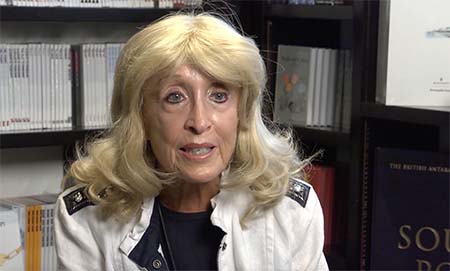
A tale of enduring friendship: dementia and Miami’s true-crime reporting queen Edna Buchanan
By Francisco Alvarado
FloridaBulldog.org
This is a story about a 43-year friendship surviving amid turbulent times. After a dozen years at the helm, Rick Hirsch who retired as Miami Herald managing editor in December 2021, but he did not relinquish his concern for a talented former colleague: Edna Buchanan, a Pulitzer Prize-winning reporter and multi-book author. -
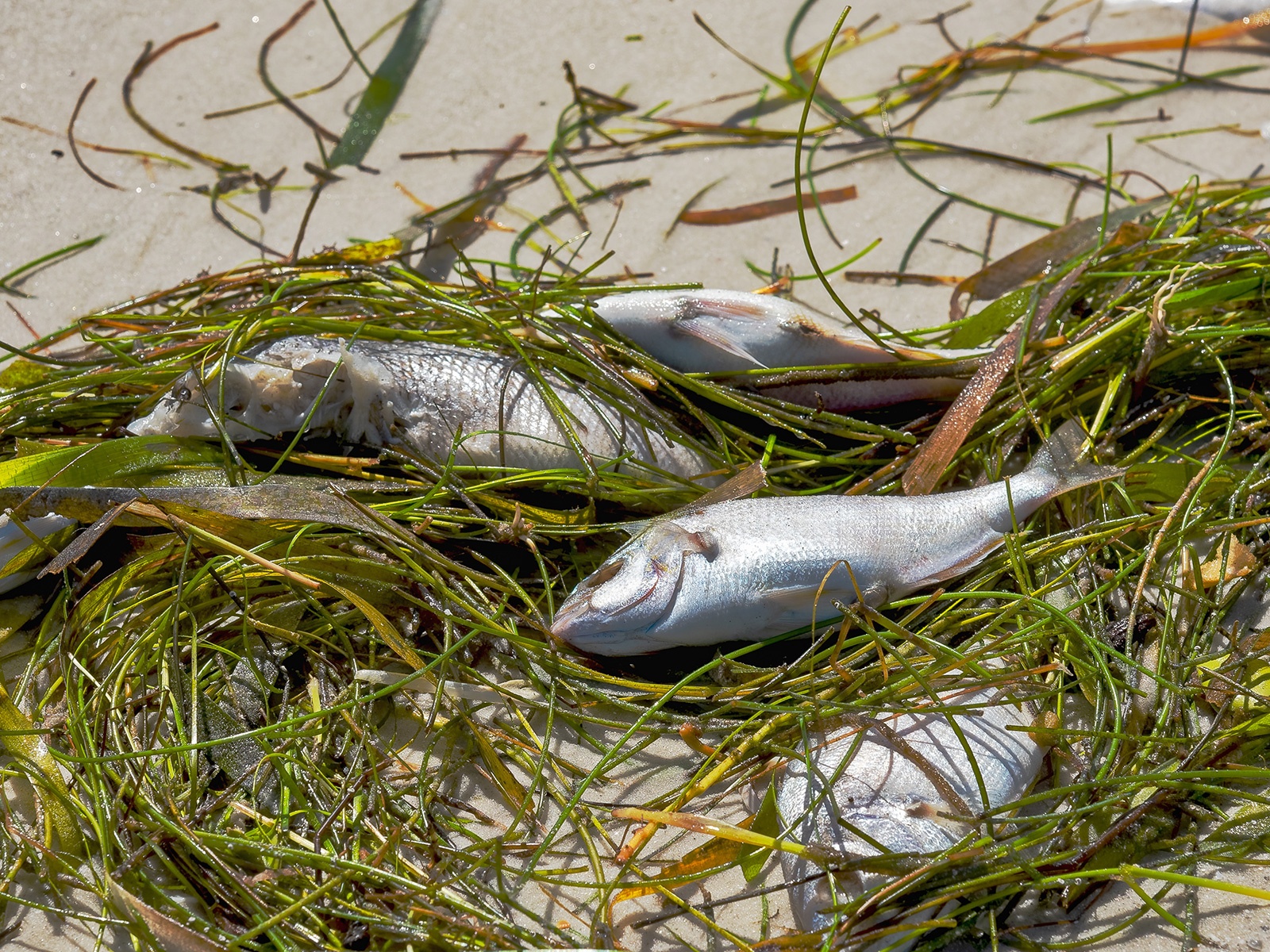
Building back Biscayne Bay: Do natural solutions hold hope?
By Marlowe Starling
Mongabay
After last year’s massive fish kill, restoration efforts eye creative ways to restore biodiversity in Biscayne Bay. -
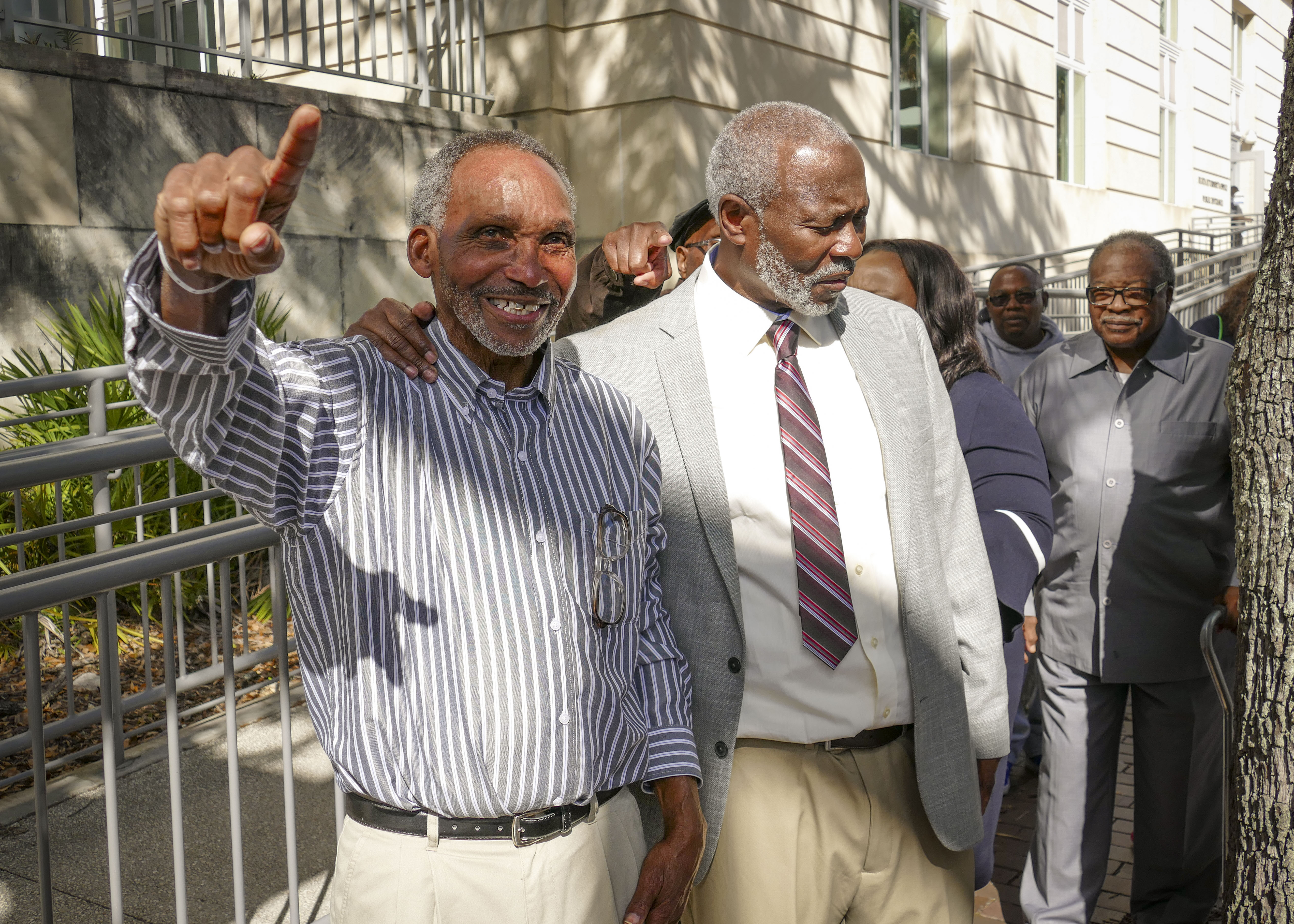
/
6030 SEEN/
Overhauling justice: New breed of prosecutors and aggressive reform agendas gain public support
By Claire Goforth
After spending more than 42 years in prison for murder and attempted murder, Nathan Myers and Clifford Williams recently took their place in Florida history as the first people to be exonerated by a prosecutor-led effort.
Support Florida Bulldog
If you believe in the value of watchdog journalism please make your tax-deductible contribution today.
We are a 501(c)(3) organization. All donations are tax deductible.

Join Our Email List
Florida Bulldog delivers fact-based watchdog reporting as a public service that’s essential to a free and democratic society. We are nonprofit, independent, nonpartisan, experienced. No fake news here.


